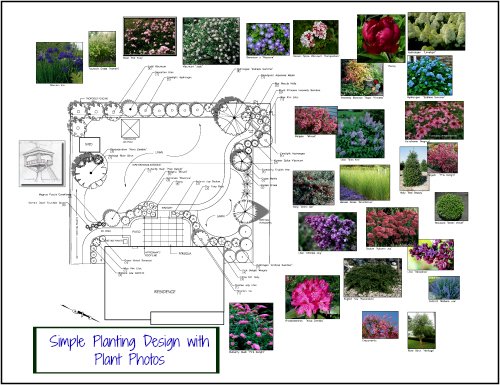Retaining Wall Drainage
by Jeff Howe
(Afton, Virginia)

Drainage Flow Around Retaining Walls
Retaining wall drainage is something that should be well thought out and designed.
Improper water management is a leading cause of retaining wall failures. Proper water management is critical throughout the life of your retaining wall. When designing your wall, take a look at the layout of your entire site. Where does the water flow? Once the wall is in, where will that water go? Careful planning should be done in order to direct water away from your retaining wall using swales, berms, and other grading prior to construction.
To help alleviate the surrounding grade concerns there is always a minimum 1 ft (0.3 m) of clean stone behind the retaining wall that will handle mostly subsurface water. This drainage column allows water to migrate downward to the base of the wall. Once the water makes it to the base of the wall, it enters the perforated drain pipe. The water is then expelled to daylight. For walls over 4 feet, the design requires a toe drain along the base of the wall.
Once the wall is built correctly with proper retaining wall drainage, the owner must assume responsibility for the water management for the life of the structure. If future site improvements involve grading the site differently, keep in mind how water may flow and ensure that it does not flow directly toward the wall. There should be no other drainage components connected to the pipe system behind the wall.
Additional piping is fine if it does not increase the water load to the wall’s drain line. If new gutters are put on the house, or a new sprinkler system is installed, avoid having this water pool near the top of the wall. Taking care to avoid water management issues will prolong the life of the retaining wall and keep it maintenance free.
Jeff Howe
Windridge Landscaping
Afton, Virginia
http://windridgelandscape.com
Comments for Retaining Wall Drainage
|
||
|
||
|
||
|
||
If you enjoyed this page, please share it!
